What is a Customer Data Platform? A comprehensive overview
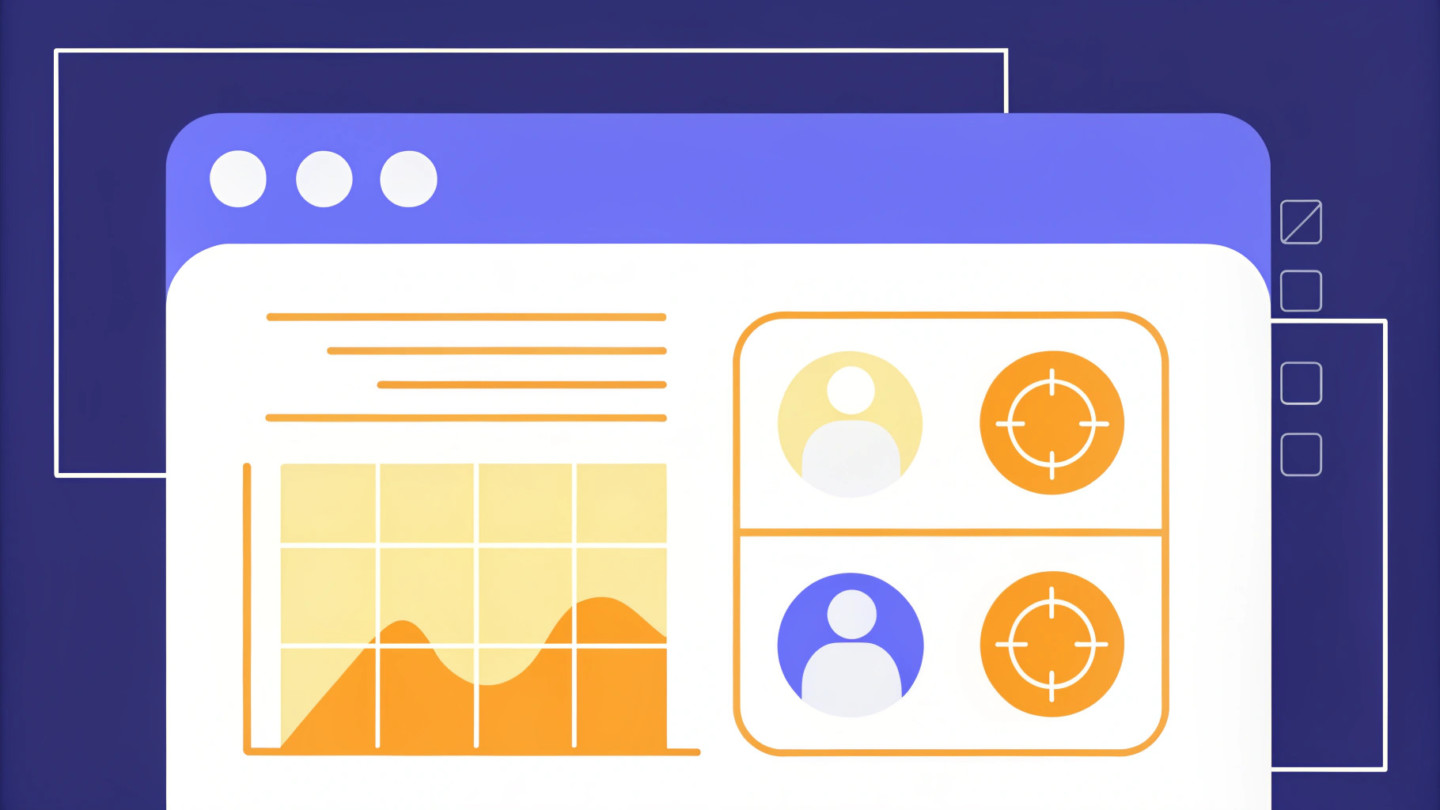
Introduction
In the rapidly evolving landscape of digital marketing, the significance of Customer Data Platforms (CDPs) cannot be overstated. These powerful tools serve as centralized systems for aggregating and managing customer data from various sources, enabling organizations to create comprehensive customer profiles that inform strategic decision-making.
As businesses increasingly recognize the value of data-driven insights, the implementation of CDPs offers a pathway to enhance customer segmentation, improve marketing effectiveness, and drive revenue growth. However, the journey to adopting a CDP is not without its challenges, including data privacy concerns and the need for cultural shifts within organizations.
This article delves into the core functionalities of CDPs, their advantages over traditional data management solutions, and the hurdles companies face during implementation, providing a comprehensive overview for businesses looking to leverage these platforms effectively.
Defining Customer Data Platforms: An overview
A Client Information Platform (CIP) is your business’s nerve center for client data. Think of it as the control tower that gathers, stores, and manages all the client information from various channels. It’s about creating a single, unified customer profile by pulling together data from websites, mobile apps, social media, and emails. Enter platforms like Dashly, which allows you to communicate with customers across channels, collect their data, and use it to personalize their experience.
Dashly doesn’t just stop at data collection; you can use it to automate your communication with triggered messages that are sent depending on user’s actions or other criterion. This helps marketing and sales teams zero in on more complicated tasks and high-priority customers. We all know the pain points — long response times, poor SLA compliance, and the tedious manual work of sorting through leads, entering data into CRMs. It’s all gone with Dashly. As it collect data automatically and stores it in lead cards, so you have all the details and the history of interactions with each lead. That’s a game changer, freeing up precious time for sales teams to focus on what really matters.
In the U.S., where 46% of businesses, 63% of workers, and 83% of investment in the customer data platform industry reside, the significance of these systems is crystal clear. This capability doesn’t just streamline operations; it lays the groundwork for more effective marketing and sales strategies. Just look at Dashly’s numbers: a 50–60% email open rate and a staggering 99% accuracy in predicting client outcomes for meeting totals. These metrics show how a customer data platform can be a powerful tool for driving revenue growth.
Gartner puts it bluntly: “Don’t let your company fall into the trough by showing real ROI for its technology investments.” This is a wake-up call to demonstrate the value of technology adoption. But there’s a catch. Only 23.9% of companies consider themselves information-driven. This lack of an information-centric culture limits the ability to gather and utilize first-party data effectively.
As the industry evolves, major players like SAS, SAP, Oracle, Microsoft, and Google Cloud are making significant strides in enhancing client information management systems. This progress underscores a critical point: businesses need to leverage centralized client information management to remain competitive and agile in a fast-changing market. If you’re not on board, you risk getting left behind.
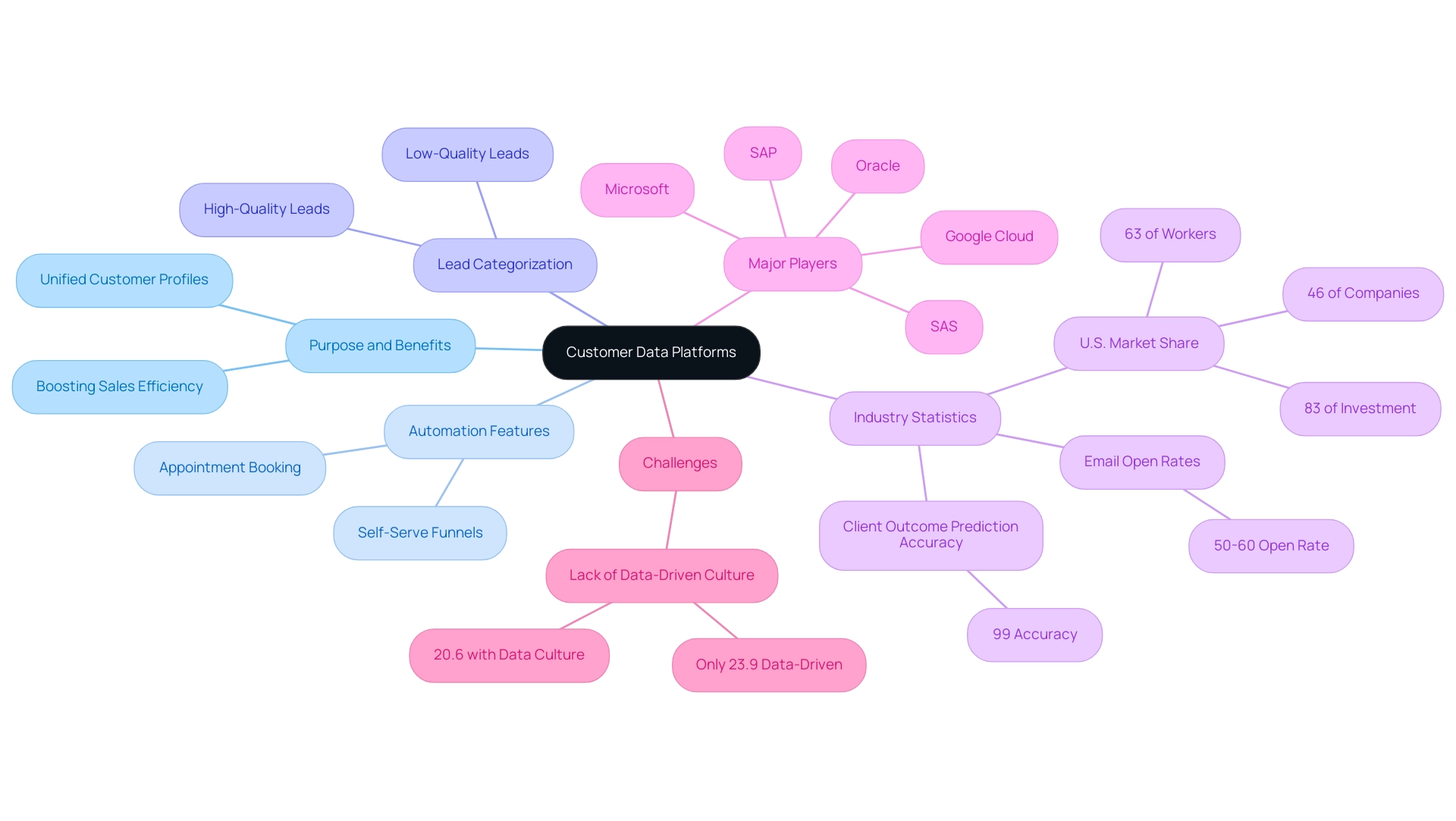
The benefits of implementing a Customer Data Platform
Implementing a customer data platform (CDP) is no longer a luxury; it’s a necessity for businesses that want to thrive. Think of it as building a high-performance engine for your marketing machine. By gathering data from various sources, companies can create detailed consumer profiles. This allows for targeted marketing strategies that hit the bullseye. The rise is telling: companies using CDPs jumped from 10% in 2017 to 24% in 2021. That’s a clear signal that businesses recognize the value of these tools.
But it doesn’t stop there. A CDP also enables real-time data synchronization. This means your marketing teams can react instantly to customer interactions. When you can respond quickly, you boost conversion rates and elevate customer satisfaction. Joe Stanhope from Forrester emphasizes that 2024 will be a pivotal year for client management platforms. These systems must enhance their capabilities to manage client information effectively.
However, it’s not all smooth sailing. Stanhope points out that many vendors still struggle with immature functionalities and weak marketing. This can limit the effectiveness of CDPs. Despite these challenges, the global healthcare CDP market is projected to reach USD $1.6 billion by 2028, growing at a staggering CAGR of 27.2%, according to Research and Markets. The potential of customer data platforms to drive revenue is immense.
Yet, here’s the kicker: only 20.6% of companies have truly embraced a data-driven culture. That’s where the real value of a CDP shines. It’s not just about collecting data; it’s about fostering an analytics-driven approach to audience segmentation and modern marketing campaigns. If you want to stay ahead, investing in a customer data platform is not just smart; it’s essential.
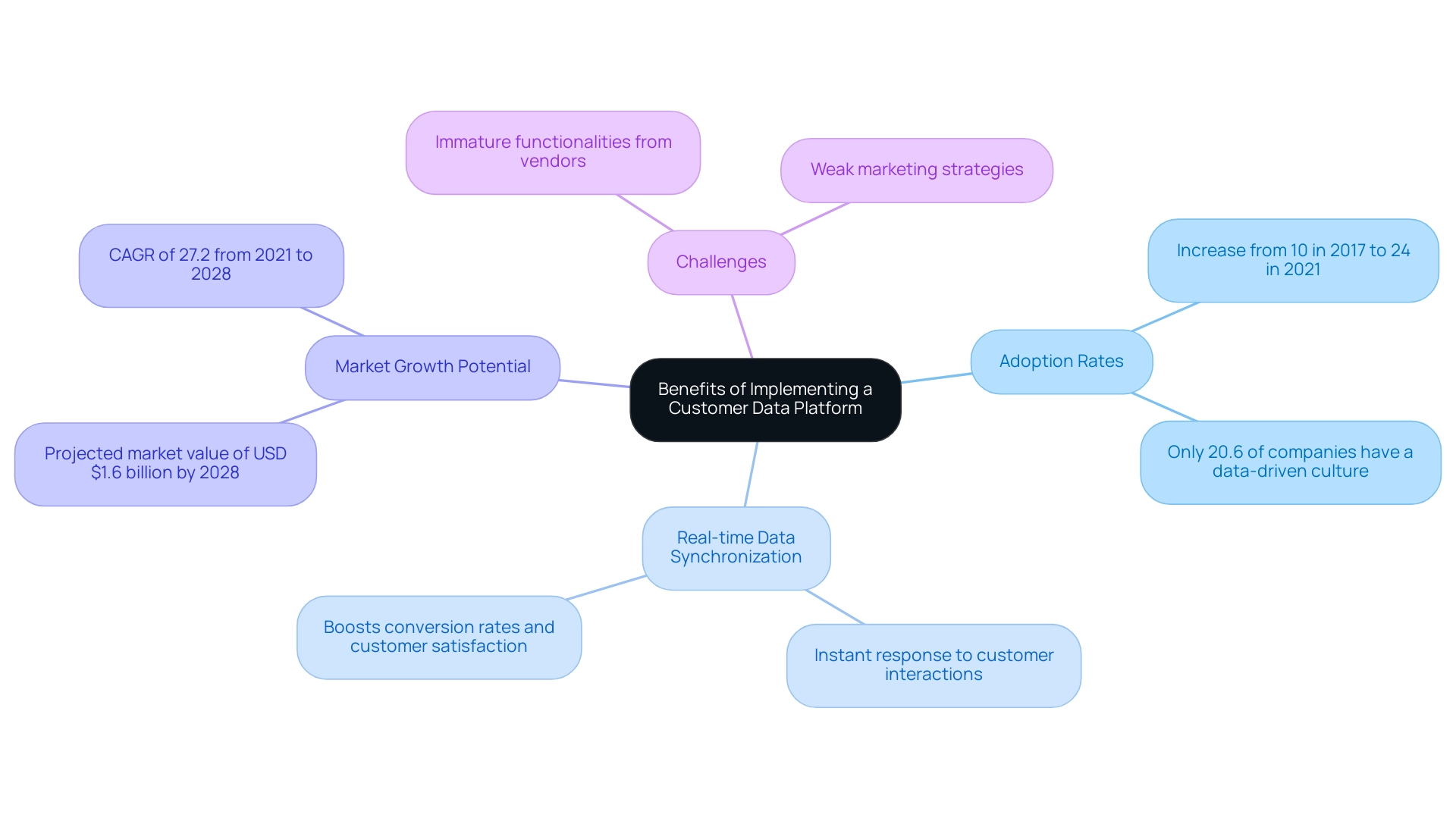
Core functionalities and components of a Customer Data Platform
Customer data platforms (CDPs) are the backbone of modern marketing strategies. They do four key things: collect, unify, segment, and activate data. Think of a CDP as a central hub that gathers information from both online and offline sources to build a complete profile of your customer. This isn’t just a nice-to-have; it’s essential for understanding your audience at a granular level.
When organizations put the customer at the center of their strategy, they see results. Forrester found that these companies grow their revenue 1.4 times faster than those that don’t. A CDP doesn’t just stop at gathering data; it connects seamlessly with various marketing technologies, allowing businesses to launch targeted campaigns based on real customer insights. Key features of a CDP include:
- Strong data ingestion tools
- Advanced identity resolution capabilities
- User-friendly analytics dashboards
These tools help marketers track how their campaigns are performing.
The technology behind CDPs is advancing rapidly, making them vital for companies that want to thrive in a data-driven world. As the market for CDPs expands — especially in places like India and France, which have the second and third largest workforces — companies must prioritize data collection and privacy. In fact, 62% of businesses prefer to focus on these areas rather than just relying on predictive analytics. The effectiveness of CDPs is clear, with a remarkable 95% renewal rate among users.
Take Dynamic Signal, for example. They used a CDP called Leadspace B2B CDP to run highly personalized, account-based marketing campaigns. The result? Marketing strategies that hit the mark, tailored to specific accounts. This is what it looks like when you leverage data effectively; it’s not just about having the information — it’s about using it to drive real results.
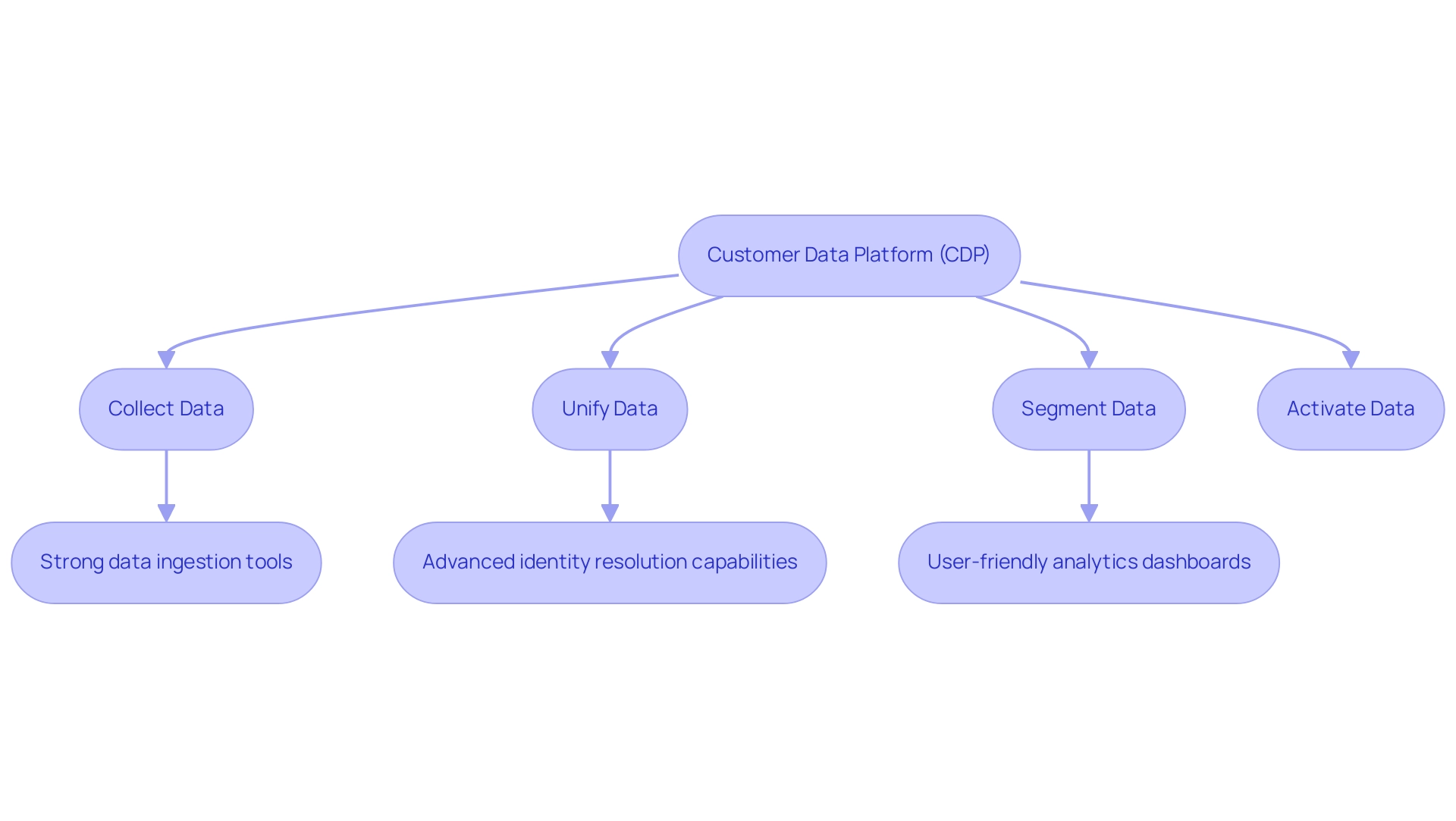
CDP vs. other data management solutions: Understanding the differences
Customer data platforms are a game changer. They outshine traditional management tools like Customer Relationship Management (CRM) systems and Management Platforms. CRMs focus on managing relationships and tracking interactions, but they’re mostly about keeping records of what’s happened. Customer data platforms, on the other hand, gather data from multiple sources to build a single, comprehensive profile. This gives businesses a much clearer picture of client behavior and preferences.
Now, let’s talk about Data Management Platforms (DMPs). They have a different role. DMPs are designed for handling anonymous data, specifically in advertising. Think of them as the middlemen between demand-side platforms (DSPs) and supply-side platforms (SSPs). They help optimize ad purchases using anonymous identifiers. Case studies show that organizations using DMPs can significantly boost their advertising strategies. But here’s the catch: DMPs don’t deliver the rich customer insights that a customer data platform can.
Understanding these distinctions is crucial for businesses looking to assess their management needs. Integration and training are key to maximizing the benefits of whichever platform you choose. This means working closely with IT and marketing teams to ensure a smooth transition. As companies weigh their options, recognizing the advantages of a customer data platform can lead to smarter decision-making for their strategies in 2024 and beyond.
And if you want to stay ahead of the curve, join our community of over 10,000 Marketing, Product, and UX professionals. As Pratyusha Guha, associate manager of content marketing at VWO, puts it, “If you’d like to talk about life or just need a non-judgmental ear, I’m here to listen.” It’s a reminder that communication and understanding are vital as we navigate the complex landscape of information management.
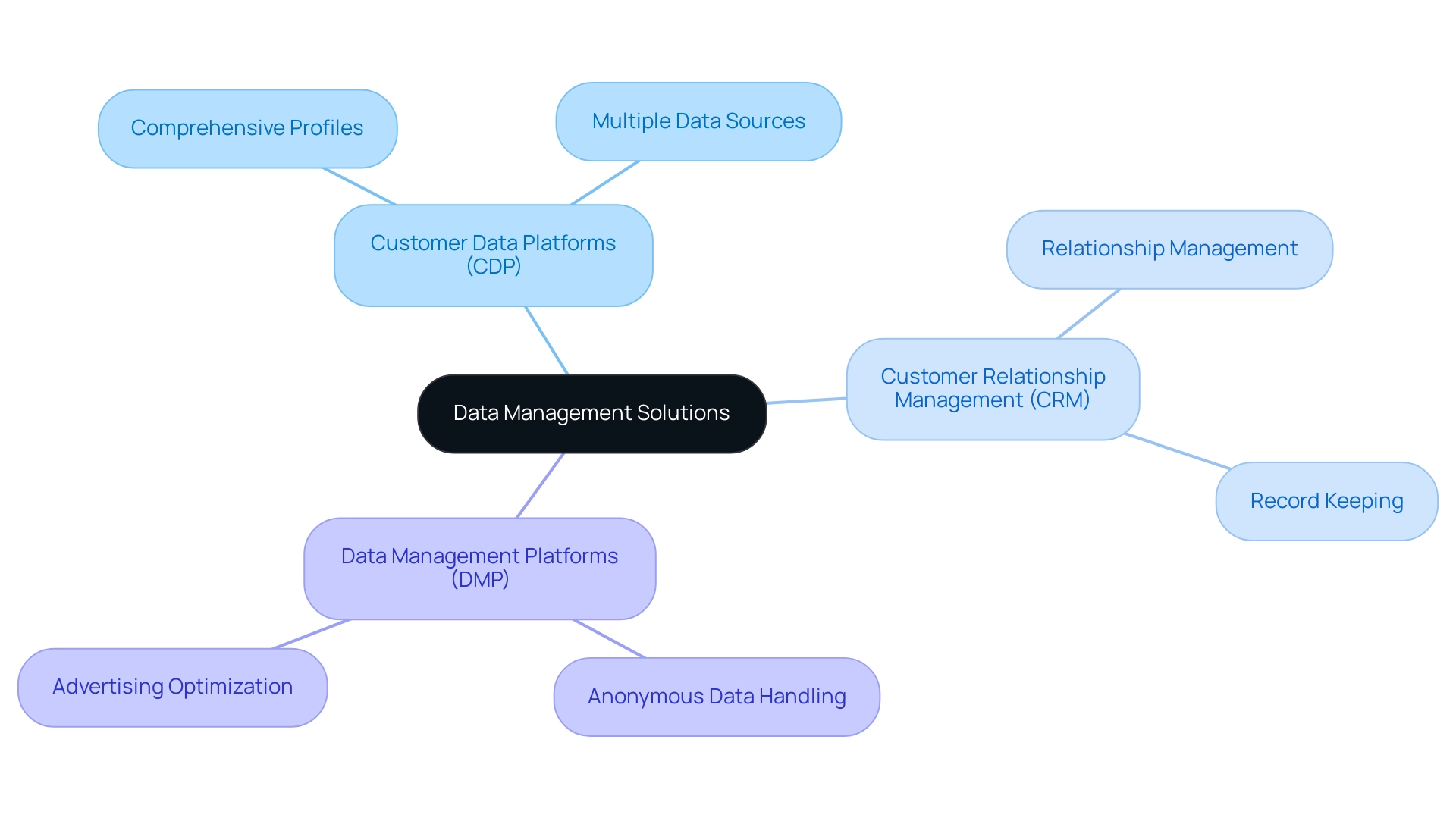
Challenges and considerations in implementing a Customer Data Platform
Implementing a customer data platform (CDP) is no walk in the park. Organizations face a slew of challenges that can trip them up if they’re not careful. First and foremost, data privacy is a big deal. With regulations like the General Data Protection Regulation (GDPR) tightening the screws, companies must tread carefully. Mishandling customer information isn’t just a compliance issue; it can shatter consumer trust.
Then there’s integration. Merging a CDP with existing systems isn’t just a checkbox exercise. It requires meticulous planning and execution. If you think this is easy, think again. Add to that the lack of a data-driven culture, and you’ve got a recipe for disaster. Only 20.6% of companies report having cultivated such a culture, which is critical for a successful CDP adoption. Recent data shows that just 23.9% of organizations consider themselves data-driven. That’s a glaring indicator of cultural resistance, and it’s a significant roadblock.
Now, here’s the kicker: customer-centric businesses are pulling ahead. They’re increasing their revenue at a rate 1.4 times faster than others. That’s not just a statistic; it’s a wake-up call. The CDP Institute points out that “Organic employment growth improved slightly, from just over 0.5% in the first half of 2023 to 1.1% in the second half.” This evolution in the industry is clear.
So, what’s the game plan?
1. Make sure your CDP empowers non-technical users to create reports and dashboards without needing to rely on IT or data scientists.
2. Engage stakeholders early in the game.
3. Invest in comprehensive training.
4. Establish strong data governance policies.
This isn’t just about compliance; it’s about fostering a culture that values data utilization. If you can tackle these challenges head-on, you’ll set your organization up for success.
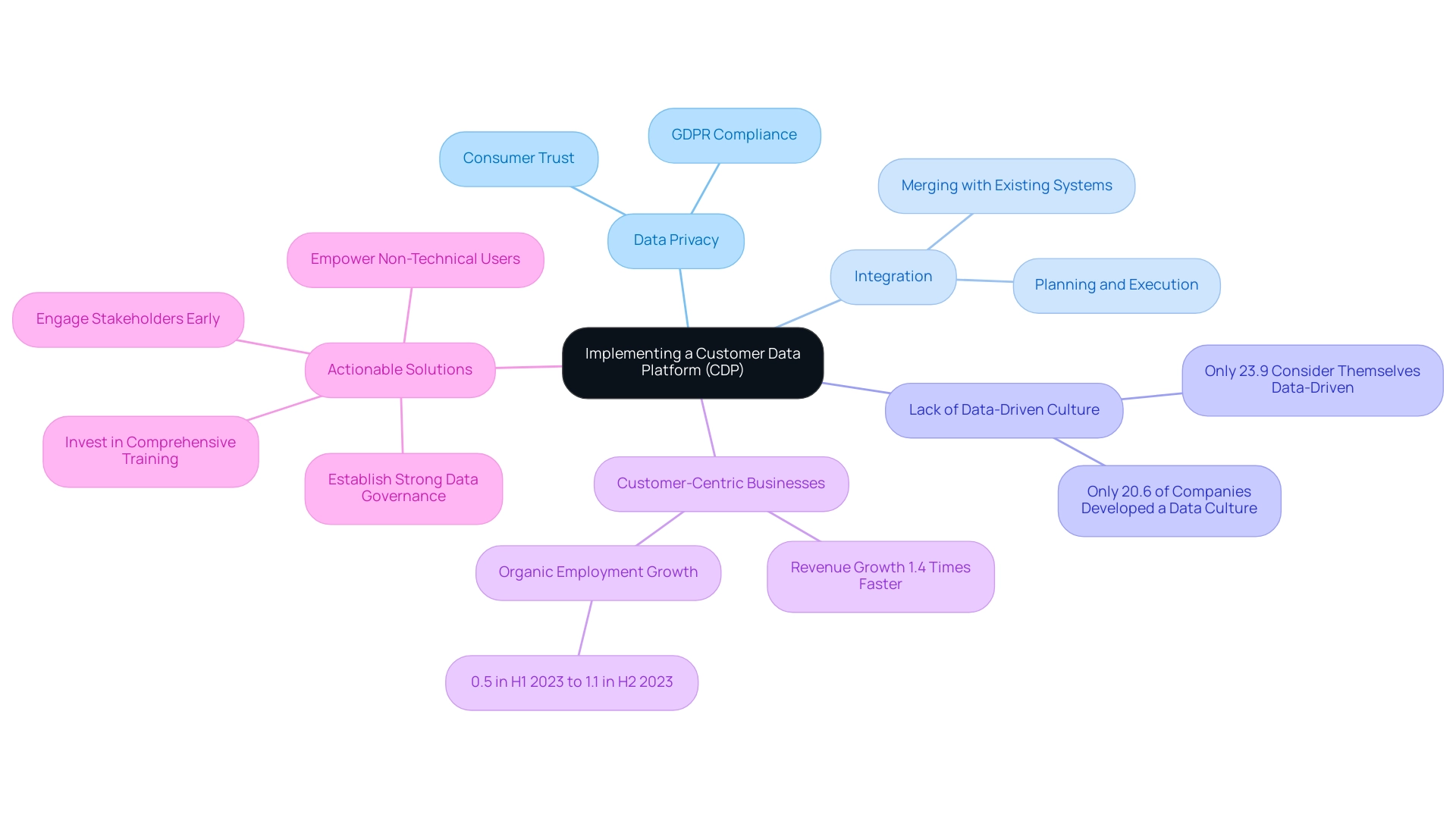
Conclusion
The integration of Customer Data Platforms (CDPs) into business operations marks a transformative step in the realm of digital marketing. By centralizing customer data from various sources, CDPs empower organizations to create detailed customer profiles that enhance segmentation and personalization. This capability not only improves marketing effectiveness but also drives revenue growth, as evidenced by the increasing adoption rates among consumer businesses.
While the benefits of CDPs are clear, organizations must also navigate significant challenges during implementation. Issues related to data privacy, integration with existing systems, and fostering a data-driven culture are critical hurdles that can impede success. Companies must prioritize robust data governance and user-friendly interfaces to facilitate the transition and ensure that all stakeholders are engaged in the process.
As the landscape of digital marketing continues to evolve, the role of CDPs will become increasingly vital. Businesses that embrace these platforms will not only enhance their customer engagement strategies but also position themselves competitively in the market. Ultimately, the effective use of CDPs can lead to improved decision-making, heightened customer satisfaction, and sustained business growth in an increasingly data-driven world.




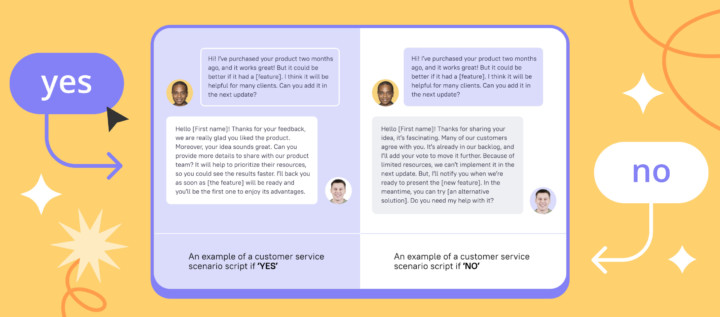

![Growth Marketing, o que é? O guia definitivo [explicado por um hacker de crescimento]](https://www.dashly.io/blog/wp-content/uploads/2023/04/The-ultimate-guide-to-growth-marketing-explained-by-a-growth-hacker-720x317.png)